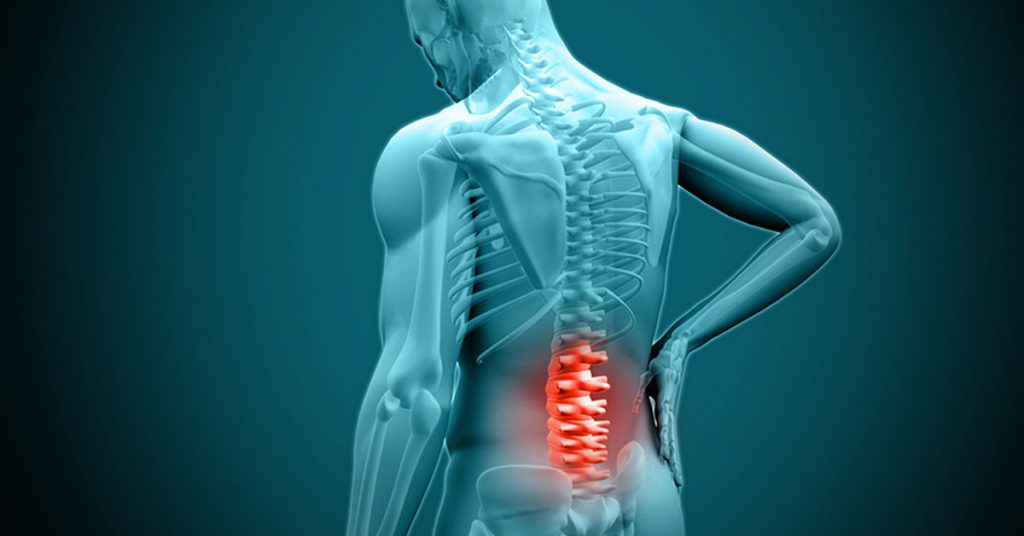Rehabilitation For Lumbar Decompression Surgery Recovery

Lumbar decompression surgery, which includes procedures like laminectomy and discectomy, is often used to treat back pain and sciatica caused by conditions like herniated discs or spinal stenosis. While surgery can help relieve symptoms, rehabilitation is crucial for a full recovery.
This article discusses the importance of post-surgery rehabilitation, the different phases of healing, and appropriate activities for each phase.
The Importance of Rehabilitation After Lumbar Decompression Surgery
Several studies highlight the benefits of post-surgical rehab:
- A 2010 survey found wide variation in the type and intensity of rehab provided after lumbar surgery. This highlights the need for consistent, evidence-based rehab protocols (McGregor et al., 2010).
- A 2011 review concluded that active rehab programs involving exercise do not increase reoperation rates and help patients recover faster than no treatment. Avoiding activity is unnecessary and potentially harmful (Ostelo et al., 2011).
- Early, graded activity prevents tissue dysfunction and scar formation while restoring function. The type and intensity of activity should match the healing phase.

Goals of Rehabilitation
The goals of rehab after lumbar decompression surgery include:
- Preventing scar tissue formation and adhesion by gently moving tissues.
- Restoring range of motion and strength.
- Retraining coordination and movement patterns.
- Improving balance and core stability.
- Enabling a return to normal activities.
- Preventing recurrent injuries through education.
Phases of Tissue Healing
Rehab programs are tailored to the tissue healing phase.
Inflammatory Phase (0–10 days)
Goals: Rest injured tissues and prevent reherniation.
Activities: Strict spine rest and motion precautions initially, then gentle mid-range movements in unloaded positions.
Appropriate activities during the inflammatory phase:
- Gentle mid-range lumbar flexion and extension
- Knee rolls
- Pelvic tilts
Inappropriate:
- Lifting
- Bending
- Twisting
Fibroplasia Phase (3-12 weeks)
Goals: Promote collagen alignment, increase range of motion.
Activities: Progress joint range of motion and core exercises, restore muscle activation patterns.
Appropriate activities during the fibroplasia phase:
- Heel slides
- Knee-to-chest stretch
- Cat/Camel pose
Inappropriate:
- Running
- Jumping
- Weight lifting
Scar Maturation Phase (3-12 months)
Goals: Maximize function.
Activities: Loading exercises for strength and endurance. Transition to recreational exercise.
Appropriate and Inappropriate Activities
Appropriate activities during the Scar Maturation Phase:
- Walking
- Cycling
- Swimming
Inappropriate:
- Contact sports
- Heavy labor
Treatment Outcomes
Data from 99 patients treated at our facility after lumbar decompression surgery found:
- Initial average Oswestry Disability Index score: 43% (severely disabled)
- Final average score: 20% (minimally disabled)
- Average number of therapy sessions: 14
- Average treatment duration: 7 weeks
This demonstrates significant functional improvement with rehabilitation.
Adjunct Treatments
Other treatments that can complement rehab include:
- Osteopathic manipulative therapy loosens tissues and restores mobility.
- Dry needling: deactivates trigger points contributing to pain or stiffness.
- Pain medications: Manage swelling and discomfort during early healing.
- Bracing: Provides lumbar stability if needed.
Prevention of Re-injury
To prevent future injuries:
- Maintain core and back muscle strength with regular exercise.
- Use proper lifting mechanics and body positioning.
- Avoid smoking and manage conditions like obesity and diabetes, which increase spine problems.
- Make ergonomic adjustments at home and work.
Conclusion
Rehabilitation with early, structured activity that matches the healing phase plays a vital role after lumbar decompression surgery. It results in better outcomes, like faster recovery and a return to full function, compared to rest alone. Rehab combined with other treatments, self-care education, and injury prevention sets patients up for long-term success.
References
- McGregor, A., Doré, C., Morris, T., Morris, S., & Jamrozik, K. (2010). Function after spinal treatment, exercise and rehabilitation (FASTER): improving the functional outcome of spinal surgery. BMC Musculoskeletal Disorders, 11(17).
- Ostelo, R.W.J.G., Costa, L.O.P., Maher, C.G., de Vet, H.C.W., van Tulder, M.W. & Koes, B.W. (2011). Rehabilitation after lumbar disc surgery. Cochrane Database of Systematic Reviews, (7).





